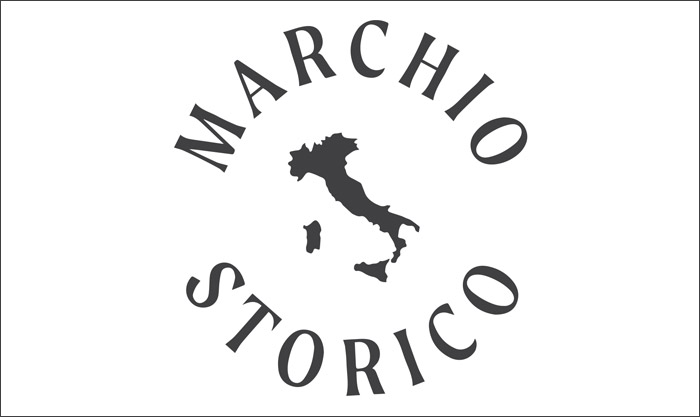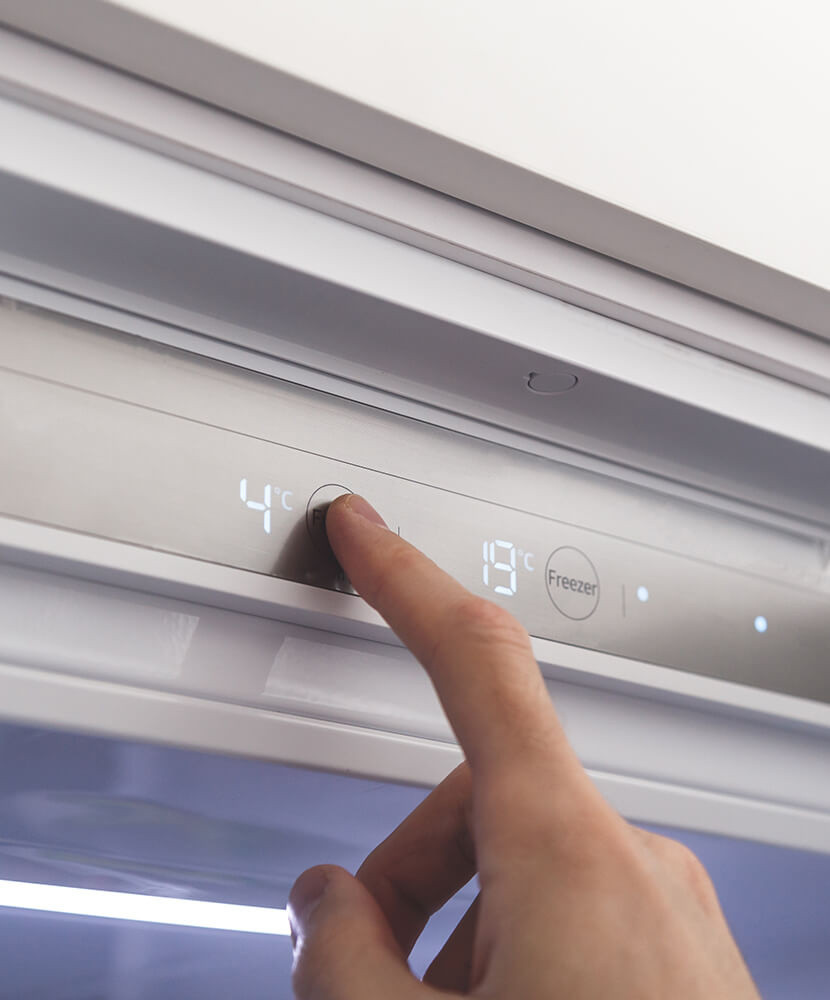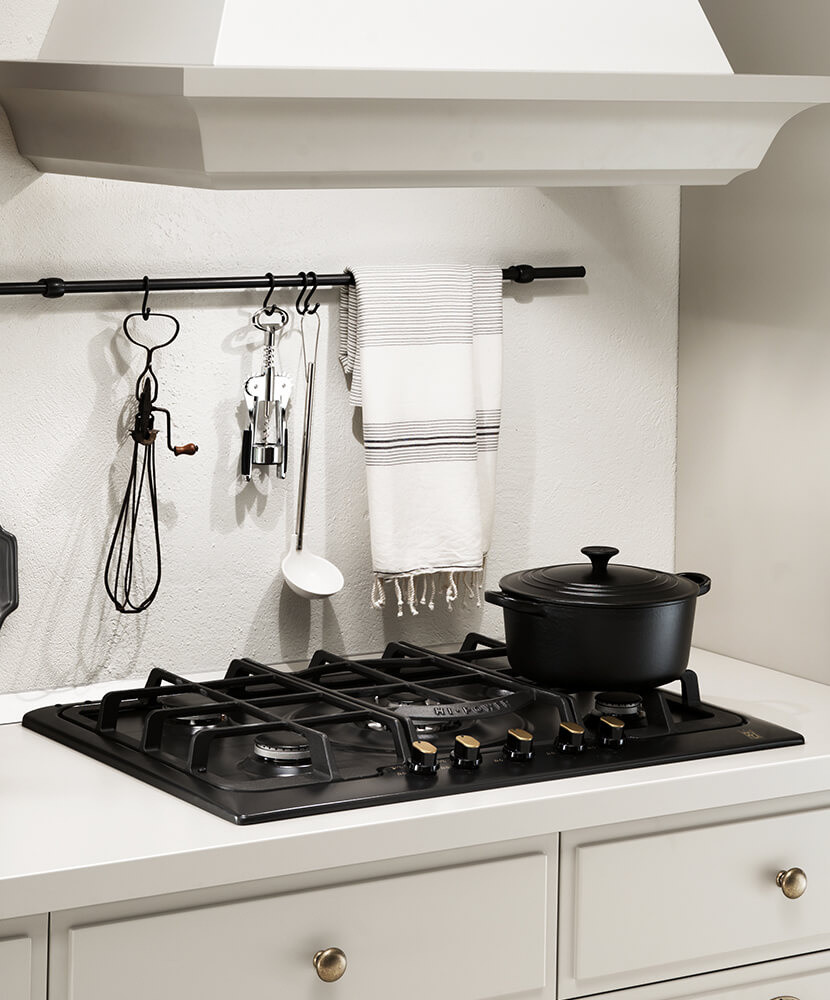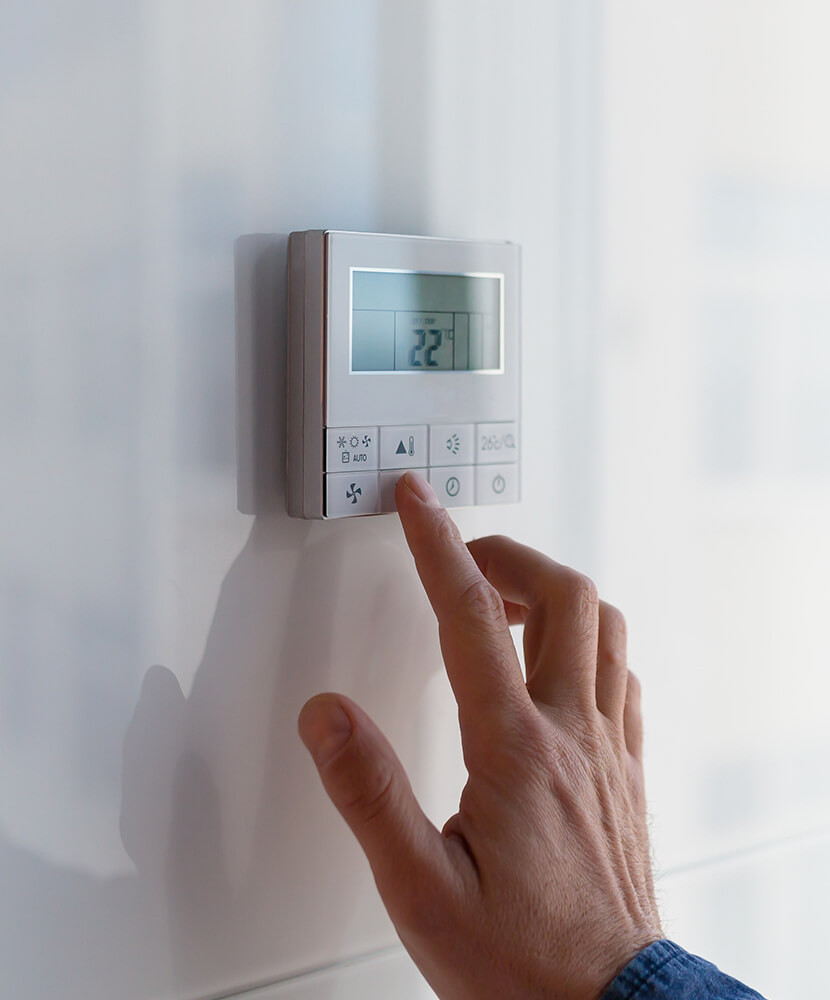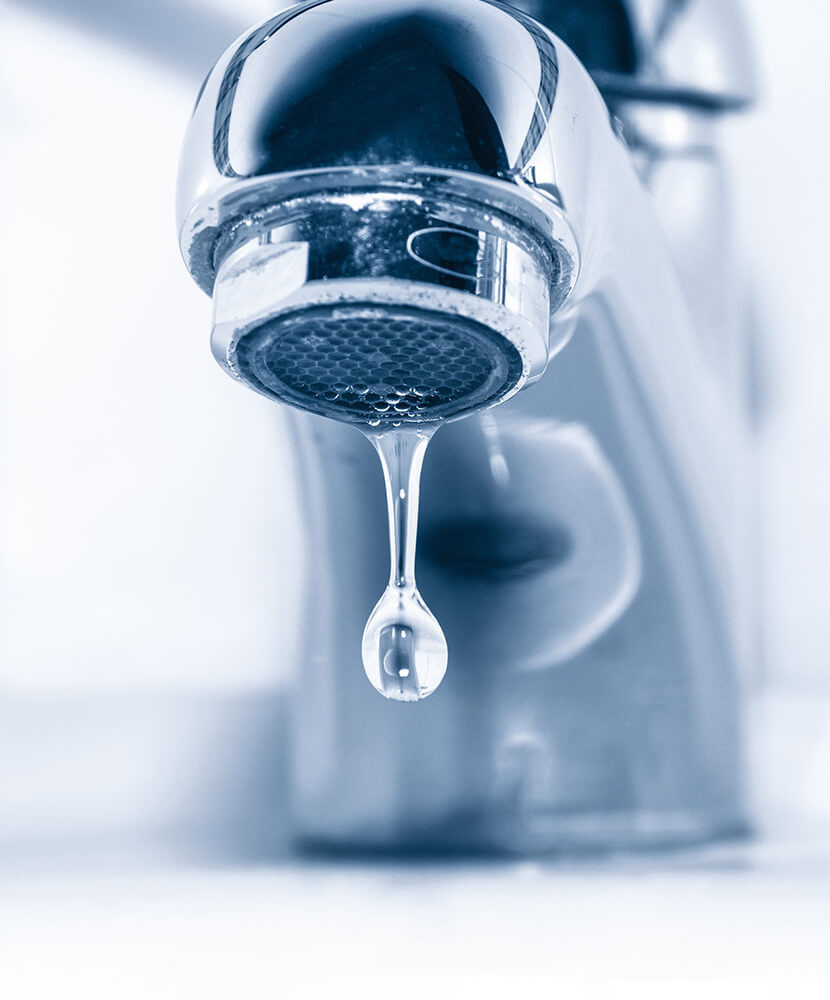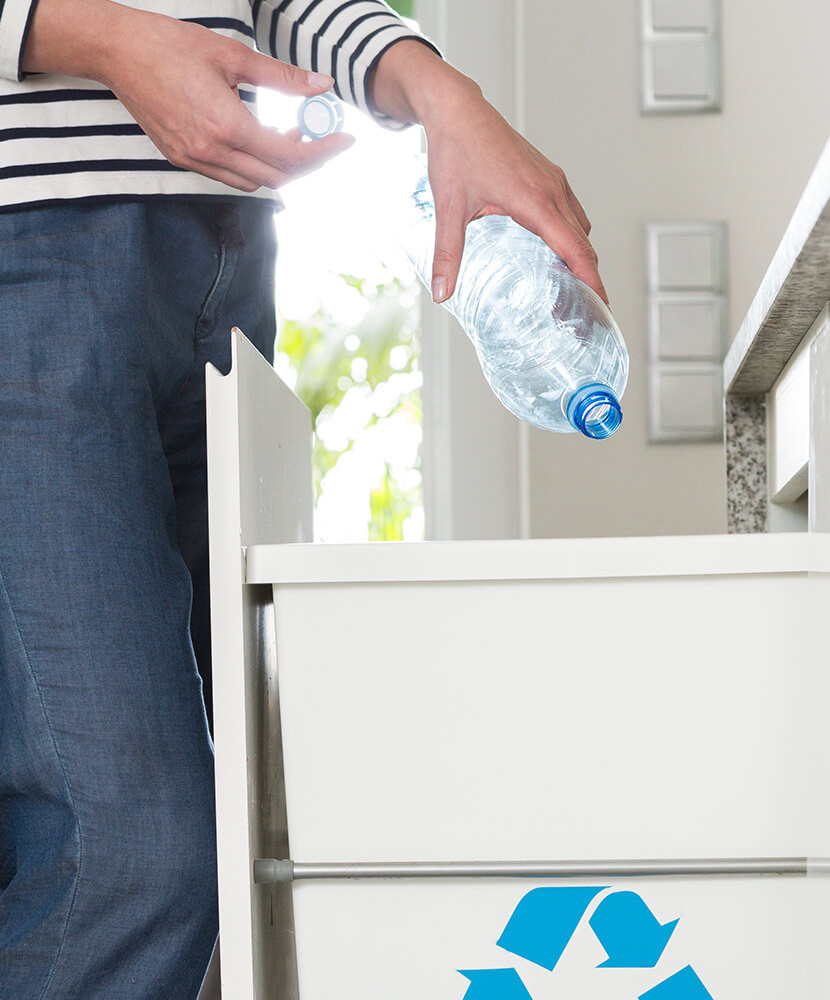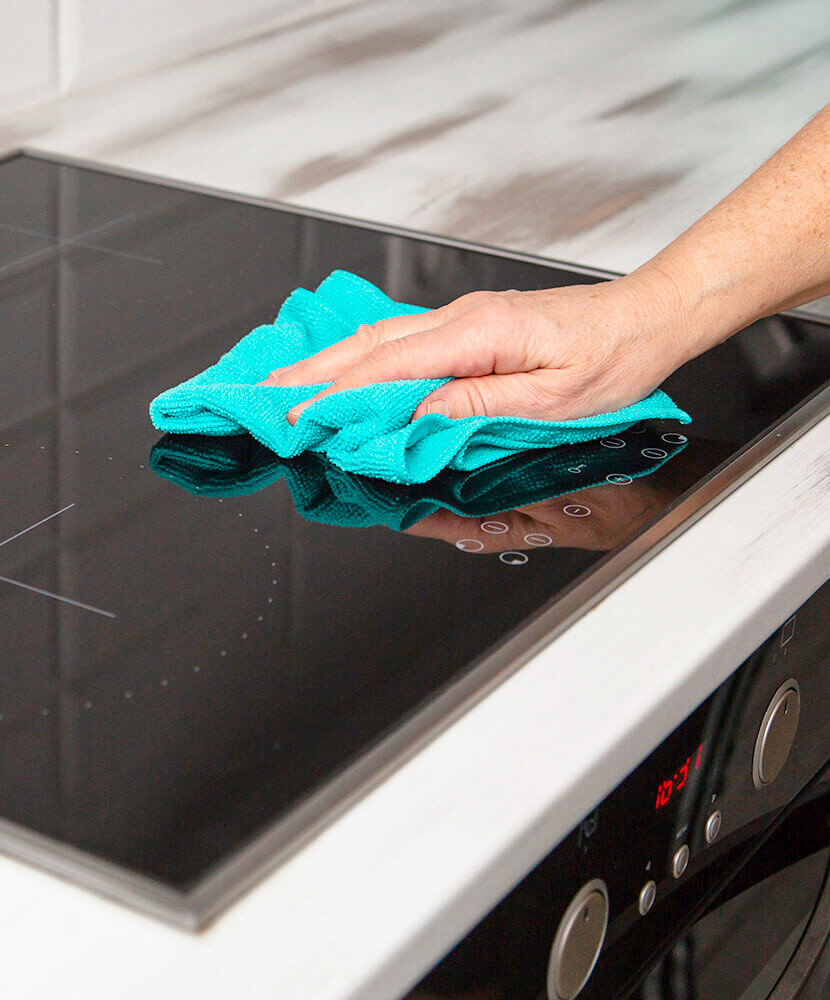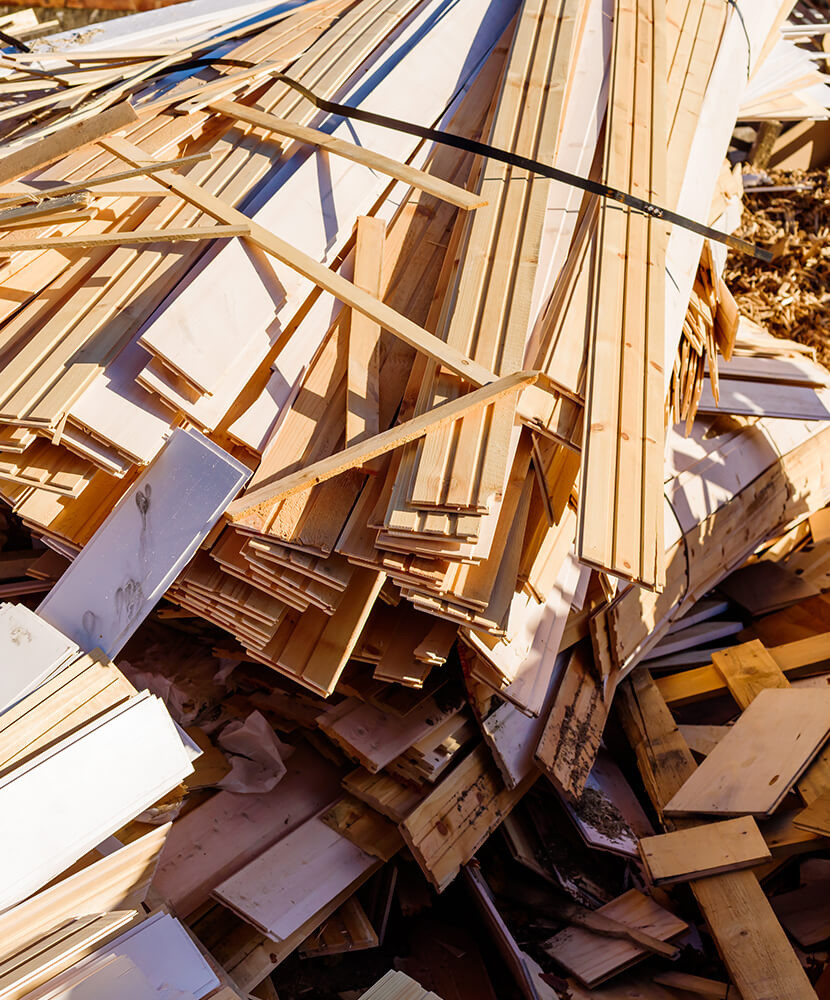Lighting
If every Italian home were to replace even one traditional 100W light bulb with a 20W energy-saving light bulb, the amount of electricity saved per year would be 1.92 billion KWh and atmospheric emissions would be reduced by 960,000 tons of CO2 per year. The annual electricity consumption of three people living together is equivalent to 1.7 tons of CO2 released into the atmosphere, for which 3 trees need to be planted to compensate. The consumption of one KWh, which is equivalent to an electric water heater or an electric heater being switched on for half an hour, in the best boiler rooms, requires the combustion of about 250 g of fuel oil and results in the release of 750 g of CO2 into the atmosphere. A family of 4 consumes about 7 KWh per day, burning 2 Kg of oil and releasing almost 2,800 litres of CO2 (source: ENEA).
Opt for modern energy-efficiency light bulbs (either fluorescent or LED), especially in the most frequently used rooms: although they involve a higher initial investment, they are environmentally-friendly and more cost-effective in the long run.
In the kitchen, avoid lights with multiple light bulbs. A 100 W light bulb provides the same lighting as 6 25 W light bulbs, consuming 50% less (ENEA).
Turn off lights that are not needed: it is important to get used to not leaving lights on unnecessarily.
